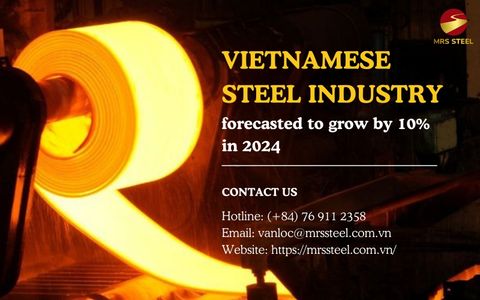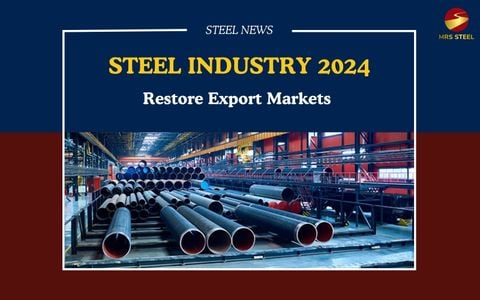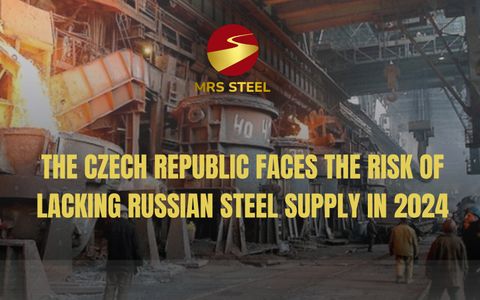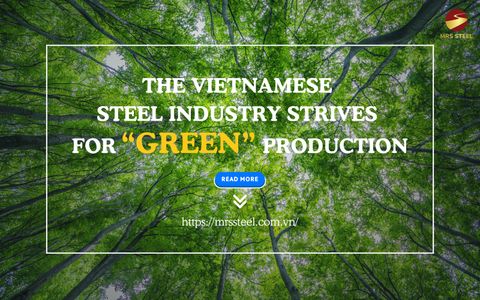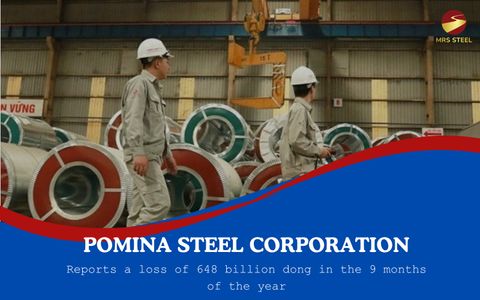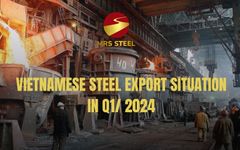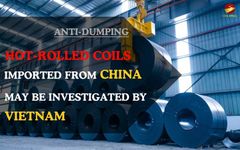Vietnam's Steel Industry Aims for Carbon Neutrality by 2050

Steel NewsDate: 20-10-2023 by: Nhu Quynh
As one of the primary industries impacting the environment, the Vietnam Steel Association recently organized a workshop on the steel sector with the objective of achieving carbon neutrality by 2050. This also signifies Vietnam's technological transition direction towards a green steel industry.
During the four discussion sessions at the workshop, participants focused on the following topics: The Vietnam steel industry aiming for the carbon neutrality goal by 2050; experiences and carbon neutrality roadmaps of other countries and recommendations for Vietnam; technological transition directions towards carbon neutrality in steel production and collaboration mechanisms; and the green transition roadmap of the business community.

In recent times, the steel industry has progressively developed and made significant contributions to the industrialization and modernization of the country. Today, Vietnam has become the 13th largest raw steel producer in the world and leads the ASEAN in production and consumption of finished steel products. With the rapid growth of the steel industry, Vietnam is proactively pioneering the execution of the goal for carbon neutrality by 2050.
As one of the countries with a growing steel industry, it is also an industry that significantly impacts the environment, accounting for 7% - 9% of the country's total emissions and 45% of industrial processes (as identified in the national climate change strategy). For this reason, Vietnam's steel sector is making progressive efforts to transform and optimize technology to enhance overall industry efficiency. The transition from 'gray steel' to 'green steel' is an inevitable trend and is aligned with the development goals of Vietnam's steel industry. Addressing climate change, reducing greenhouse gas emissions, protecting the environment, and conserving nature and biodiversity are crucial issues humanity needs to tackle. With these factors in mind, the Vietnamese steel industry should aim for a green growth strategy to achieve a net-zero carbon emission goal by 2050.

Businesses in Vietnam, led by Hoa Phat, have prioritized investing in the development of high-tech steels and special steels to serve the mechanical fabrication industry, automotive industry, shipbuilding, structural steel, and more. Simultaneously, Hoa Phat always focuses on optimizing all production stages towards a circular, closed-loop model, reducing energy consumption, and establishing a roadmap for green steel development. This includes reducing CO2 emissions in line with the government's general direction, aiming for carbon neutrality by 2050. However, a current issue is that implementing emission reductions will impact the production costs of businesses. All steel manufacturing enterprises bear these cost implications. This is a challenge, but it also serves as a motivation for the steel industry to aim for stronger exports to other markets.
Above are the details regarding the direction of Vietnam's steel industry towards the goal of achieving carbon neutrality by 2050. This truly represents a significant challenge for the Vietnamese steel sector in the upcoming period. This objective is not only a responsibility towards the environment but also a mission for Vietnam to become a sustainable steel-producing nation, pioneering in the region and globally. With the commitment and effort of the entire industry, this goal is entirely feasible and will pave the way for a new future for the Vietnamese steel industry.




















